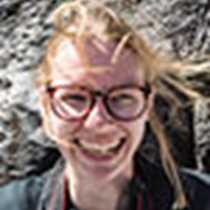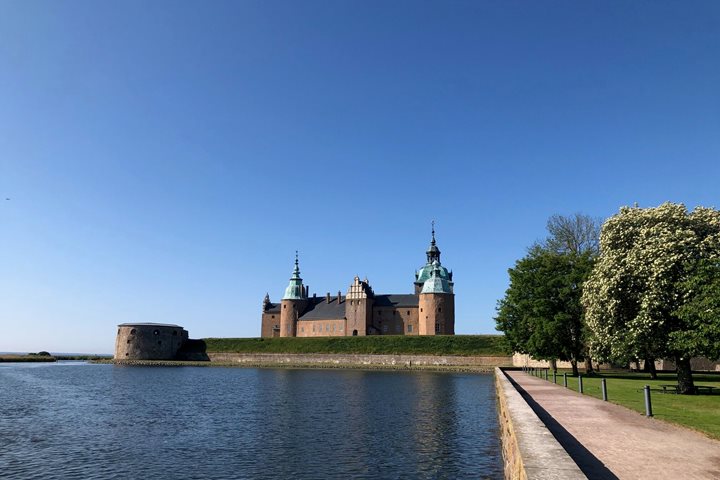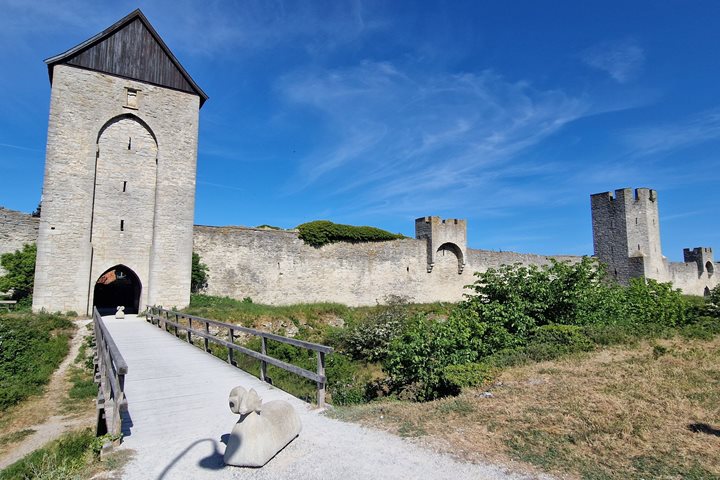This morning, we arrived early to the beautiful city of Visby on the Swedish island of Gotland. We had the incredibly well-conserved medieval town center all to ourselves. There wasn’t a single cloud in the sky, and the city was steadily warming up as we wandered through its narrow cobblestone streets to our first stop of the day: the Gotland Historical Fornsal Museum.
Focusing on the Viking and medieval heritage of Visby and its surroundings, the museum displays some incredible treasures, including an entire room of carved standing stones, hordes of silver coins and glass beads, and a reconstructed medieval merchant’s cellar. The museum also tells the story of Visby’s heyday as one of the early trading cities of the Hanseatic League, a medieval confederation of merchant guilds. Visby’s great success in the thirteenth and early fourteenth centuries allowed its wealthy traders to build a protective ring wall, fifteen churches, and a crowded center of merchant houses. But more importantly for modern-day visitors like us, it is thanks to Visby’s decline beginning at the end of the fourteenth century that it has remained the historic gem it is today.
Visby is sometimes known as the ‘City of Roses,’ a well-deserved title we witnessed for ourselves along the Fiskargränd, a street of tiny, rose-adorned houses that some of us recognized from the 1969 film adaptation of the famous Pippi Longstocking children’s book series. Visby has also been called the ‘City of Ruins’ for the twelve church ruins that project from its skyline. One of these even has intact passages running through its walls that the bravest of us explored for some excellent views.
After lunch, we received an exceptional treat: a presentation by our special guest Anders Fogh Rasmussen, the former Prime Minister of Denmark and Secretary General of NATO, on the history of the Scandinavian and Baltic region and its present-day political situation. We followed this with a second remarkable experience: a private choral concert by the Visby Vokalensemble in the ruins of St. Clemens Church.
On our walk back to the ship, we stopped to admire the wooden houses recently recoated in tar and to smell the blooming lilacs. We later found the same lilacs garnishing our dinner, which we enjoyed during our sail to Öland, the destination for our final day on National Geographic Explorer. Those of us with remaining energy were wildly entertained by naturalist Eduardo Shaw’s stories about his experiences with Lindblad dating back to 1975.







